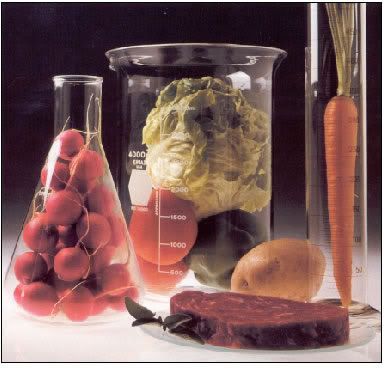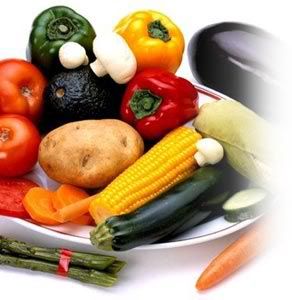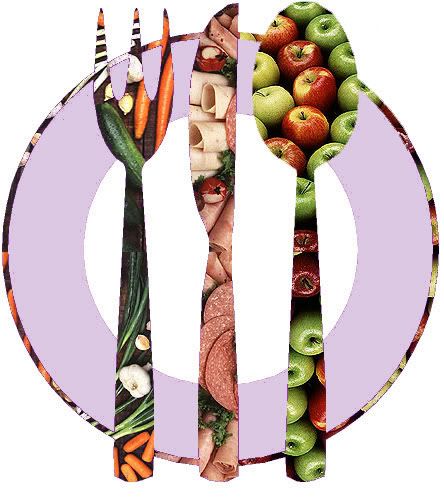Consumption of energy-dense, nutrient-poor foods by adult Americans.
Title
Consumption of energy-dense, nutrient-poor foods by adult Americans: nutritional and health implications. The third National Health and Nutrition Examination Survey, 1988-1994.
Source
American Journal of Clinical Nutrition. 72, (4): 929-936, 2000.
American Journal of Clinical Nutrition. 72, (4): 929-936, 2000.
The contribution of energy-dense, nutrient-poor (EDNP) foods to the American diet was assessed together with the associated health and nutritional implications using data from the third National Health and Nutrition Examination Survey. EDNP categories included visible fats, nutritive sweeteners and sweetened beverages, desserts and snack foods. Results showed that EDNP foods supplied approx. 27% of energy intake; alcohol provided an additional 4%. The relative odds of consuming foods from all 5 major food groups (dairy, fruit, grains, meat and beans, vegetables) and of meeting the RDA or daily reference intake for protein and several micronutrients decreased with increasing EDNP food intake).
Energy intake and percentage of energy from fat were postively related to EDNP food intake. EDNP food intake was related inversely to serum concn. of vitamins A, E, C, and B12, folate, several carotentoids and high density lipoprotein (HDL) cholesterol, whereas, serum homocysteine concn. was associated positively. Results suggest that EDNP foods are consumed at the expense of nutrient-dense foods resulting in: increased risk of high calorie intake; marginal micronutrient intake; poor compliance with nutrient- and food group-related dietary guidance; and low serum concn. of vitamins and carotenoids.




0 Comments:
Post a Comment
<< Home